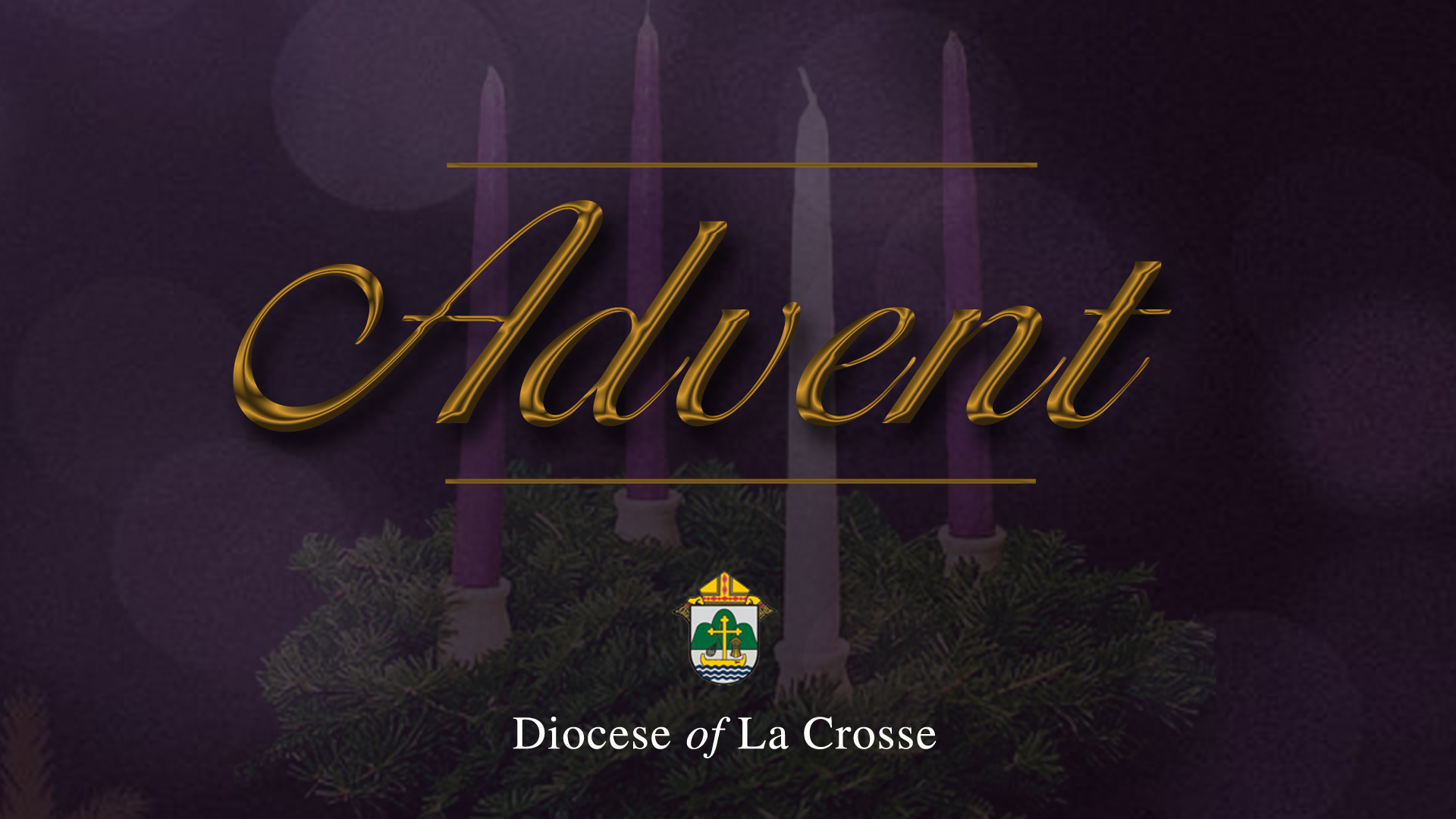REVELATION OF ADVENT
The Catechism of the Catholic Church explains that the character of Advent is on Christ, but the focus is on the entirety of His comings:
When the Church celebrates the liturgy of Advent each year, she makes present this ancient expectancy of the Messiah, for by sharing in the long preparation for the Savior’s first coming, the faithful renew their ardent desire for his second coming. By celebrating the precursor’s (St. John the Baptist) birth and martyrdom, the Church unites herself to his desire: “He must increase, but I must decrease.” (CCC #524)
The great sense of Advent in the liturgical life of the Church identifies the coming of Jesus in three amazing actions: The coming of Christ in history (time), mystery (sacrament/Eucharist) and majesty (the coming of Christ at the end of time). Each of these actions reveals for the faithful the activity of Christ present in the life of the created world. In each of these ways, we come to know more fully the sense of the manifestation of the Incarnation of the Son of God.
The liturgical season of Advent stresses the longing and yearning, if you will, in the faithful disciple to see our Blessed Lord in His glory at the Second Coming—the end of the world. Advent stresses the ability in the disciple to realize that every day, until Christ comes again, we profess our public witness of His first appearance in time at the Incarnation, born of the Blessed Virgin Mary, under the faithful protection of St. Joseph.
The most holy sacrifice of the Mass allows us to meditate on the mystery of Christ’s mortal presence on earth. Each of the eucharistic prayers (the prayers said by the priest after the Preface, concluded by the Great Amen) celebrates the True Presence of Jesus through the consecration and transubstantiation of bread and wine that occurs when they are prayed by the priest. In this writing, it is interesting to note that the third eucharistic prayer calls specific attention to the coming of Christ in glory:
Father, calling to mind the death your Son endured for our salvation, his glorious resurrection and ascension into heaven, and ready to greet him when he comes again, we offer you in thanksgiving this holy and living sacrifice …
The Church, our Mother, is always eager to educate us and teach the truth about Jesus.
The U.S. Conference of Catholic Bishops (USCCB) further leads us in a deeper reflection of the Advent season.
The Advent season is a time of preparation that directs our hearts and minds to Christ’s second coming at the end of time and to the anniversary of Our Lord’s birth on Christmas (History, Mystery, Majesty). From the earliest days of the Church, people have been fascinated by Jesus’ promise to come back. But the Scripture readings during Advent tell us not to waste our time with predictions. Advent is not about speculation. Our Advent readings call us to be alert and ready, not weighted down and distracted by the cares of this world. (cf Lk 21:34-36) Like Lent, the liturgical color for Advent is purple since both are seasons that prepare us for great feast days. Advent also includes an element of penance in the sense of preparing, quieting and disciplining our hearts for the full joy of Christmas. (What is Advent?
usccb.org/prayer-worship/liturgical-year/advent)
That sense of “being ready” and “alert” become the great watchwords of this holy season. For me, Advent has always been a special liturgical season. For me, it is the season of the Church. Once again, like our ancestors in the Faith, we are eager for the coming of Christ. While we know that He has come as Messiah and Lord of All, we have become complacent in our awareness of His presence—in history, mystery and majesty.
The Church opens the awareness of what we “know” about Jesus in Advent in order that we may live out our knowledge in practical faith and publicly profess our belief. The special Advent practices (the Advent wreath, novenas, extra prayers at Mass) are helpful to the practice of our Faith in a practical and public kind of way. We are led to an “ordinary” daily practice; not simply some sort of false “piety” that leads us into a fairy tale of belief, but a reality of Jesus who is with us—Emmanuel. Then, we are not just preparing for the Birth of Christ; we are eager to recognize His presence among us here and now. We look forward to His coming in Glory at the end of our lives and, most incredibly, at the end of time … and the Church says: “Come, Lord Jesus!”
The preview of coming attractions … I’ll see you at Sunday Mass.
MOST REVEREND WILLIAM PATRICK CALLAHAN
Bishop of the Catholic Diocese of La Crosse
Published in the December 2022 issue of Catholic Life Magazine

